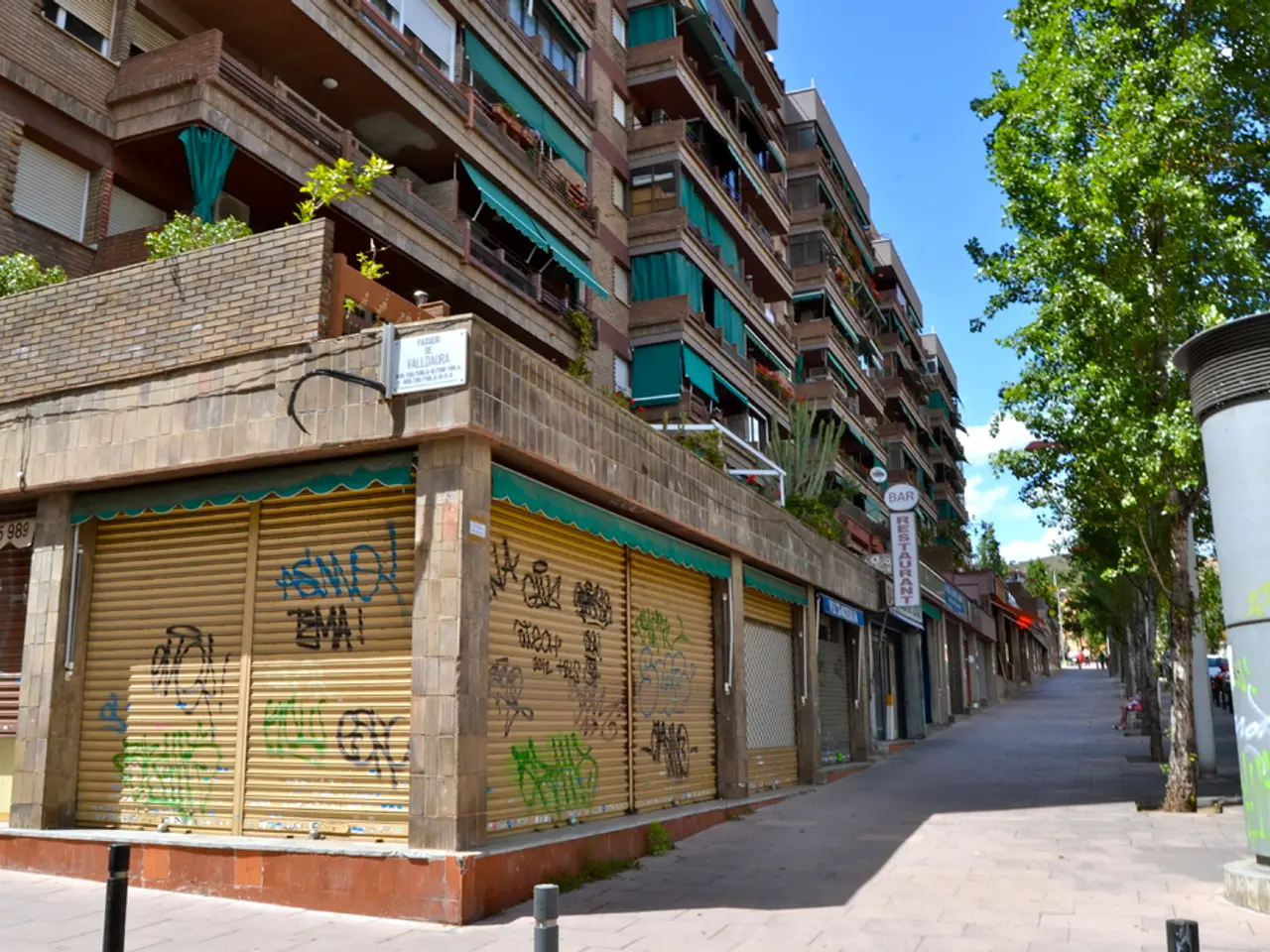Guidance on Dutch Cohousing Experiences: Insights from Vrijburcht
In the heart of Amsterdam, on the artificial island of Steigereiland, lies the Vrijburcht cohousing complex – a unique mixed-use community that was first envisioned in 2000 by a group of eight friends, led by architect Hein de Haan. The project, completed in 2007, was aimed at creating attractive and affordable urban homes surrounded by cultural, social, and commercial amenities.
The initial atmosphere was strong, thanks to the group of friends launching it. Parties and bonding experiences were common, setting the tone for a close-knit community. Over the years, the residents have faced and overcome challenges, including financing, member acquisition, and creating amenities.
The development of Vrijburcht faced numerous challenges, including financing issues and the need to gather more members. In 2002, the project encountered financial difficulties when planning costs amounted to €1 million, requiring each resident to pay an average of €12,000. This led to many residents dropping out, leaving only 12 people to continue the project.
The team, known as the "Stedenbouwkundig en Architectonisch Team Vrijburcht" (Urban Planning and Architectural Team Vrijburcht), approached the Dutch housing association de Key for support. De Key agreed to finance any unallocated units and act as a landlord for the café, day nursery, and residential care home.
The complex features 52 private units, shared amenities such as a workshop, hobby room, and a communal garden with a greenhouse. It also boasts a social impact, with a day nursery and de Roef, a shared-living unit for young adults with mental disabilities, located on-site.
Vrijburcht is largely a sustainable project, with features like rainwater storage, heat recovery systems, well-insulated windows, solar panels, and green roofs. If starting a project again, Menno and Johan, two landscape architects and residents of Vrijburcht, would focus more on sustainable construction.
To attract genuinely interested members, the team had to be more selective in the future. Menno and Johan, through discussions, were able to identify potential residents based on their questions and level of trust. New residents are often aware of and interested in the concept of cohousing.
Some original residents have sold their houses, but the team does not restrict access to new residents. The group secured the project's growth gradually through small housing fairs organized by the municipality of Amsterdam and personal discussions.
Menno and Johan, who have been living and working at Vrijburcht for more than 15 years, advise keeping the number of homes between 40 and 80 for a village-like atmosphere. They also emphasize the importance of resident engagement and progress in community-led housing projects.
Entertainment options within Vrijburcht include Café Restaurant Vrijburcht and Theater Vrijburcht, as well as canoeing. The complex is more than just a place to live; it's a thriving community that values sustainability, social impact, and resident engagement.
Read also:
- Understanding Hemorrhagic Gastroenteritis: Key Facts
- Stopping Osteoporosis Treatment: Timeline Considerations
- Tobacco industry's suggested changes on a legislative modification are disregarded by health journalists
- Expanded Community Health Involvement by CK Birla Hospitals, Jaipur, Maintained Through Consistent Outreach Programs Across Rajasthan




